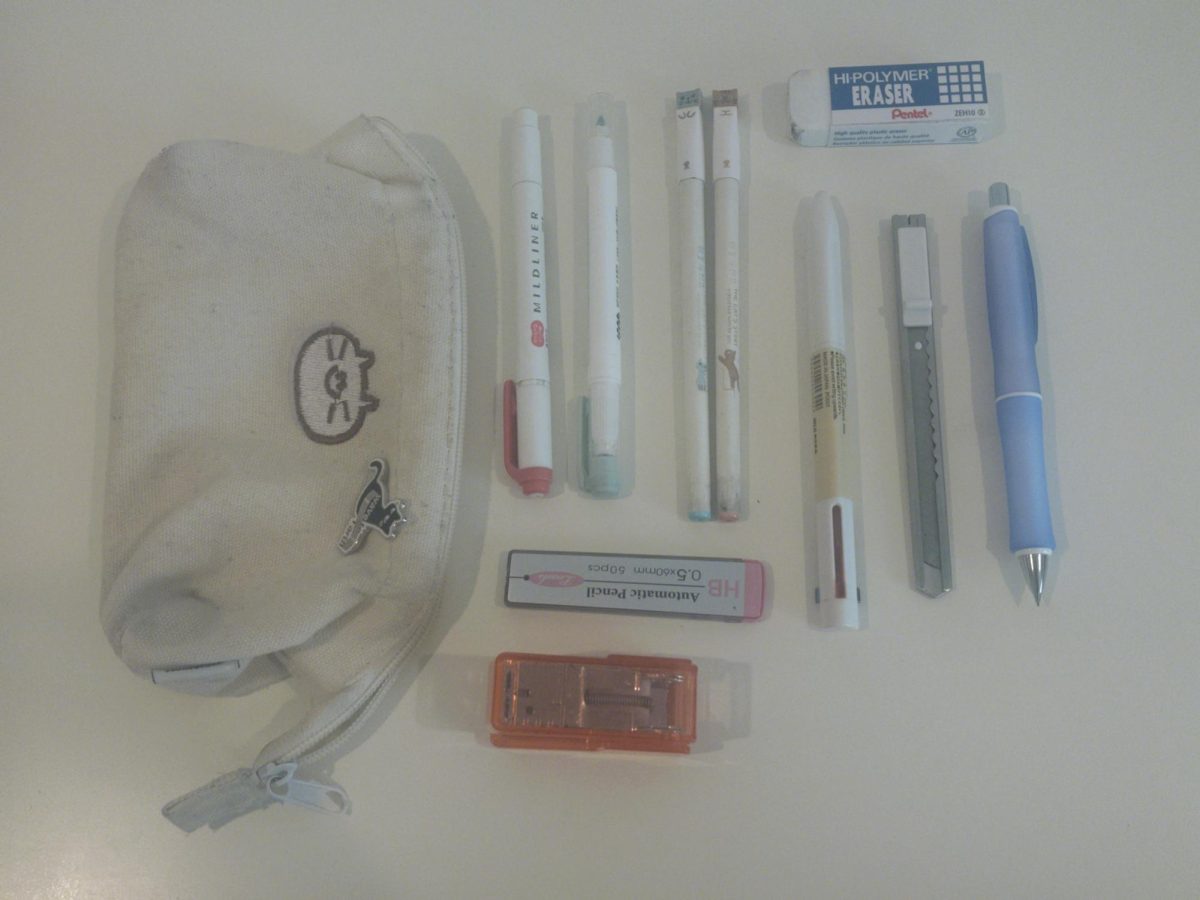It was a blissful morning in February. The atmospheric river rains had taken a break, and the moody clouds had drifted away to reveal a blue sky. As I was working on my computer in the Journalism Room, I — a junior in search of a new experience in life — devised the brilliant idea of joining track for a day.
After school ended, I followed my friend to the girls’ locker room, where I mentally prepared myself for something I had never before imagined I would do voluntarily: attend a track and field practice.
As someone whose main sprinting experience consisted of running the 100 meters to reach the cafeteria before the 3rd period bell rang, I was at a disadvantage compared to the experienced runners standing by me.
To my dismay, all of my joints would be absolutely drained by the end of the one-hour practice.
The practice started with a few announcements, and we kicked off the day with warmups. Meandering around the crowd, I heard the phrase “light warmup” being tossed around. Naïvely, I falsely believed the warmups would consist of some stretches or short jogs, and perhaps a leisurely lap around the track.
The warmup did not, in fact, consist of light laps, and instead consisted of two dreaded laps around the track (800m), some stretches and 10 sets of core and arm exercises. This combination disabled my knees and made me want to go home before 30 minutes of practice had even passed. Before the bulk of the practice had even begun, I had already started kindling a newfound appreciation for track runners’ stamina.
Following the two sessions of warmups, I believed I was prepared for the next part of practice: short-distance sprinting. After splitting us up into two groups based on gender, coach Tippett’s son Kole Tippetts instructed us to sprint around 40 meters, focusing on technique instead of speed.
Using the team captains as a model, Tippetts taught us how to make contact to the ground with our feet faster.
Even running at full speed using these newfound techniques, I finished the 40 meters a mortifying two meters behind the rest of the runners — a distance that contrasted starkly with the others, who all seemed to be full of energy as they ended the sprint each running at the same pace as each other. I also felt like my throat had gone numb from the heavy breathing while others seemed to be resting perfectly fine.
Meanwhile, a group of long-distance runners from the team had been running laps and laps around the track, each of them speeding past us once every minute or so.
However humbling the experience was, though, the reality was not as bad as I expected. The track team has a group of extremely supportive athletes, and although I came very evidently last at the end of each sprint, they were all sure to cheer everybody on as we headed back to the starting line for the next sprint. Though I felt physically lacking, the support from the track team made me feel emotionally fulfilled.
At the end of practice, I could already tell my legs were going to be extremely sore the next day. What I did not expect, however, were the cramps to go into effect faster than my running speed. After going home and eating dinner, I squatted down to pet my cat, who had walked to my ankles. To my dismay, the moment I tried to stand up, I felt my knees giving out and immediately fell back into my squat.
Still, I believe my one-day training experience was very enriching, and looking back, the seemingly humiliating adventure has turned into something I genuinely enjoyed. For the rest of the day, I was able to focus better on my homework and was much more productive. The experience has also inspired me to think I could actually participate in a sport next year, even if I’m not destined to beat Usain Bolt anytime soon.




























